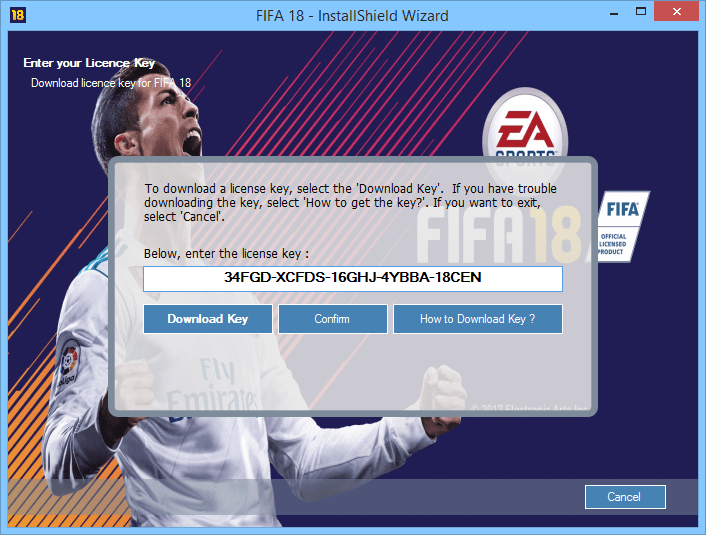

#WHERE DOES STEAM DOWNLOAD GAMES WINDOWS#
Close Steam and head to your Steam folder or library via Windows (probably C:\Program Files\Steam (x86)).
#WHERE DOES STEAM DOWNLOAD GAMES INSTALL#
Install the game again but point the installer to wherever you moved the files in step one, which should prompt Steam to verify the data and not download anything.From Steam, right click on the game in your library and delete its local contents, which shouldn't actually delete anything because you just moved all the game files.Using Windows Explorer, move the game folder from your SSD back to the original steamapps\common directory or some other library folder that Steam recognizes.The easiest way would be repeating the last step above by using Steam's integrated feature for moving installation folders, though this method works, too: Right click on the game in your Steam library > Properties > Local Files tab > Move install folder. Move an already installed game to the new drive:.Make a new Steam library folder on the desired new drive (you can right click on one of these folders to set it as your default installation path, although the next time you install a game, Steam will ask where you want it to go).Go to Steam > Settings > Downloads > Steam Library Folders.> Restore a previous backup > point it to your backup files > continue with the prompts. To restore these files as installed Steam games, head to Steam > Backup and restore games. > Select the installed games to backup and follow the prompts from there. Getting there: Go to your Steam library > Right click on a game > Backup game files. The tool splits the game data into CSM/CSD files that are sized suitably for fitting on CDs and DVDs, though you can also create one large save. However, the Steam client also provides an integrated backup and recovery process that will let you select installed titles and store them as backup files. The most convenient way is simply copying your Steam or SteamApps folder (which is where your games are) to a backup directory via Windows Explorer. This isn't mandatory but is nonetheless a worthwhile precaution. a 250GB model would be stuffed with four GTA V-sized titles.įortunately, Steam has made it easier to move games from one location to another, no longer requiring you to open a Windows command prompt or download third-party tools, though we'll outline those methods, too, given that they still work.

Ironically, it's often these large releases that benefit the most from the improved load times of a speedy drive, which is likely to be filled faster than you'd expect if it's on the smaller side of SSDs - e.g. Today's triple-A titles commonly occupy upwards of 20GB with many approaching or exceeding 60GB, especially after accounting for downloadable content.

Although solid state drives have steadily increased in capacity, so too have the size of game installs.


 0 kommentar(er)
0 kommentar(er)
